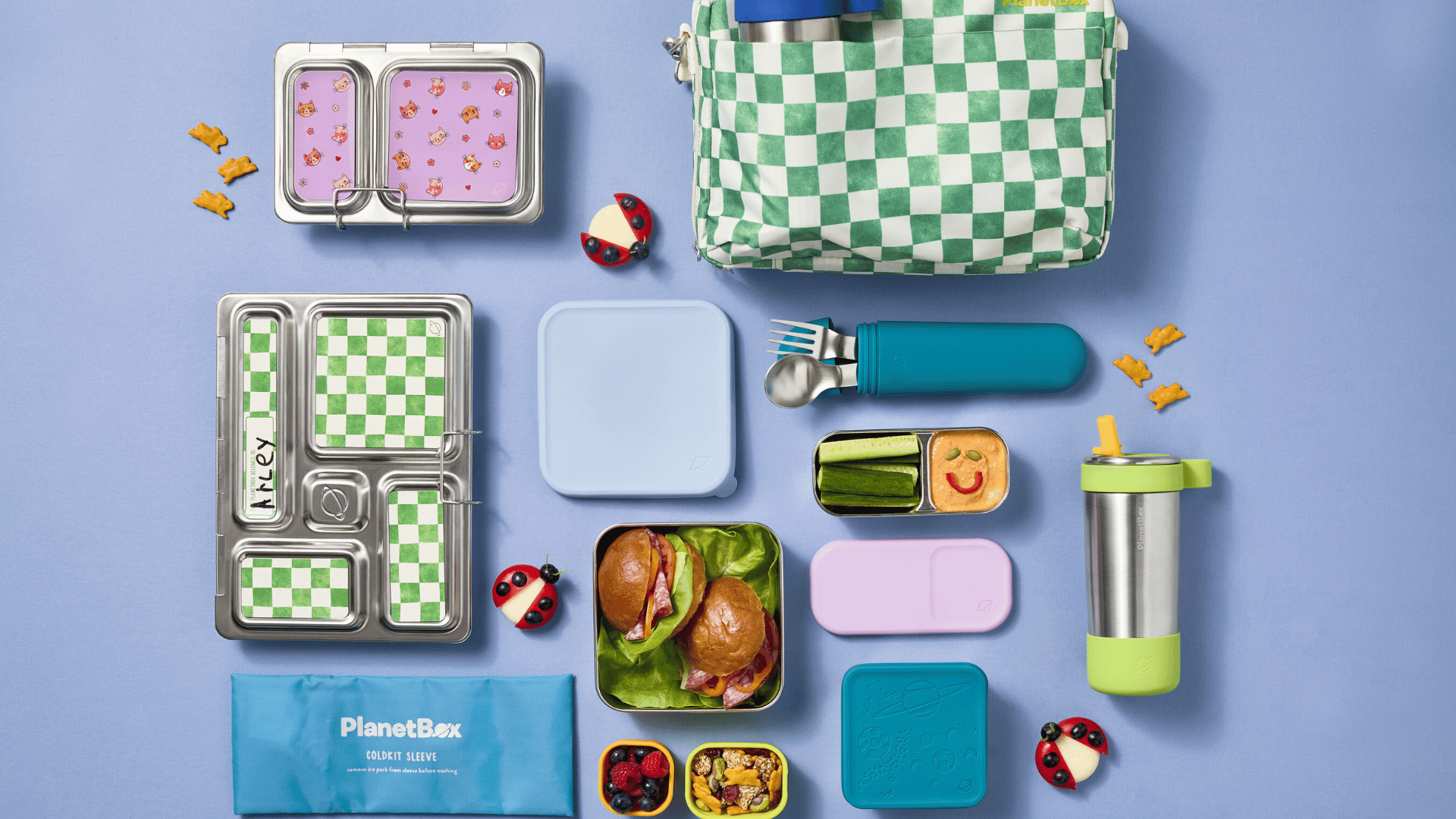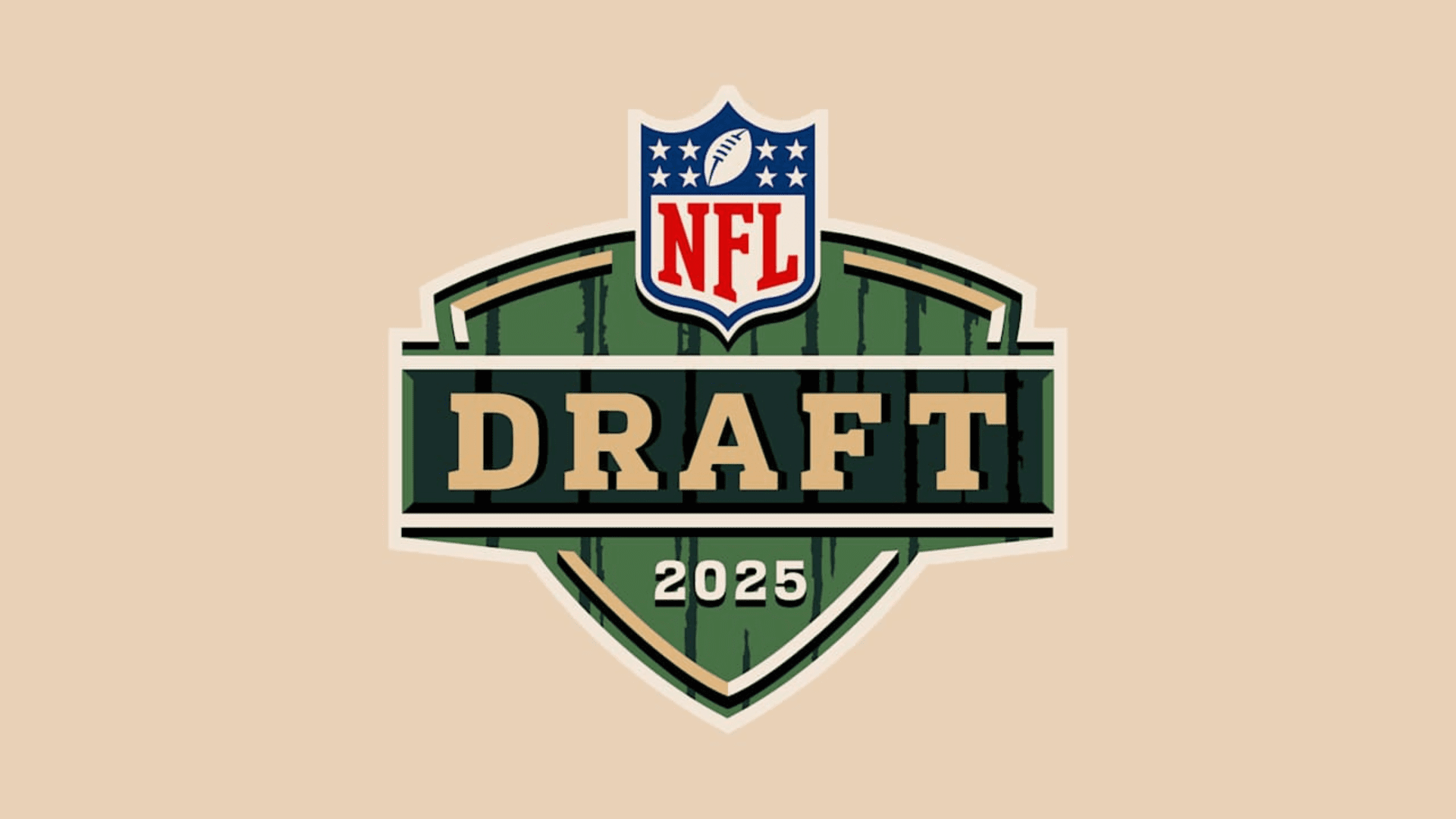What would we do without our favorite pair of jeans? Whether you’re a denim junkie or someone who only has a few sets, everyone has their go-to pair that took them a long time to find. They could be a gothic dark-wash or a classic blue flair or even a stretchy pair for optimum comfort. Wherever your tastes lie, your favorite pair is your favorite because it’s an easy staple in your wardrobe year-round. Well, have you ever wondered what jeans of production go into crafting your favorite pair?

Manufacturing Jeans
The manufacturing process behind your favorite pair of jeans begins in fields rather than factories. Workers will start by picking cotton from fields and getting it processed and baled. Once the cotton has been inspected and separated based on how workable it is, the cotton is sent to spinning machines that twist the cotton into thread and roll it onto giant spools.
Then the machines weave the warp and weft. The warp refers to material that lies parallel to the fabric edge while the weft refers to material that lies perpendicular to the fabric edge. After that, a few steps are completed by hand such as cutting, seaming, stitching, buttons, and putting pockets on the jeans.

Finishing Touches
Once the sewing is complete, the jeans are inflated to show their true shape and inspect them for any errors. Workers will then add any final individual touches such as distressing by hand before the jeans are tagged and shipped out to different clothing brands.
Even if your favorite pair is different from your best friend’s, there are definitely some staples to the perfect pair. In regard to materials, blue jeans are typically made with 100% cotton. But there are many modern forms of jeans that add in a certain percentage of synthetic fabrics such as elastane in order to make the jeans stretchy. In most cases, the rivets added to jeans are made of copper and the buttons are made from steel.







